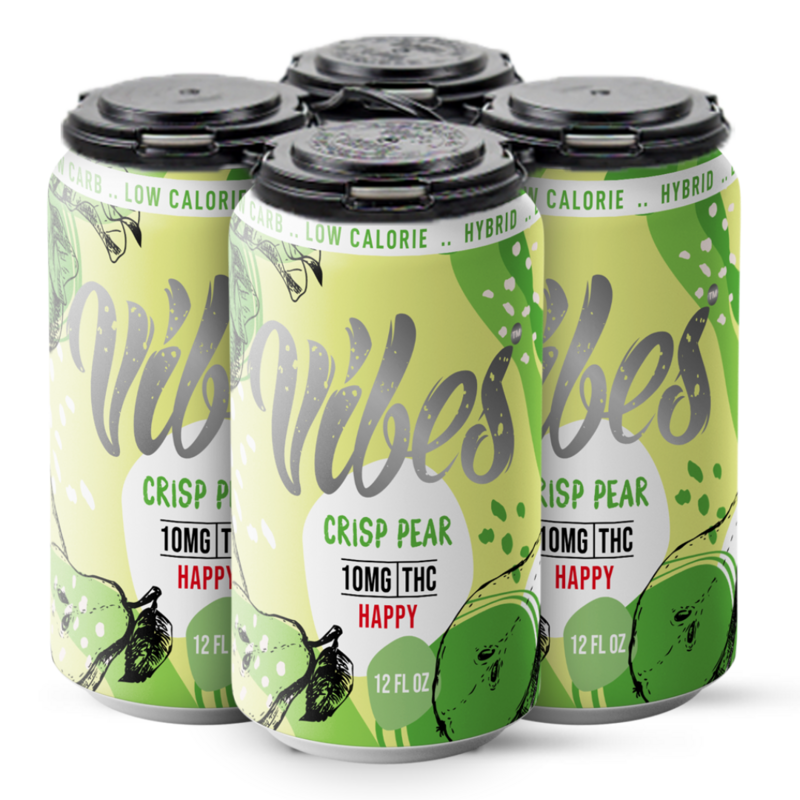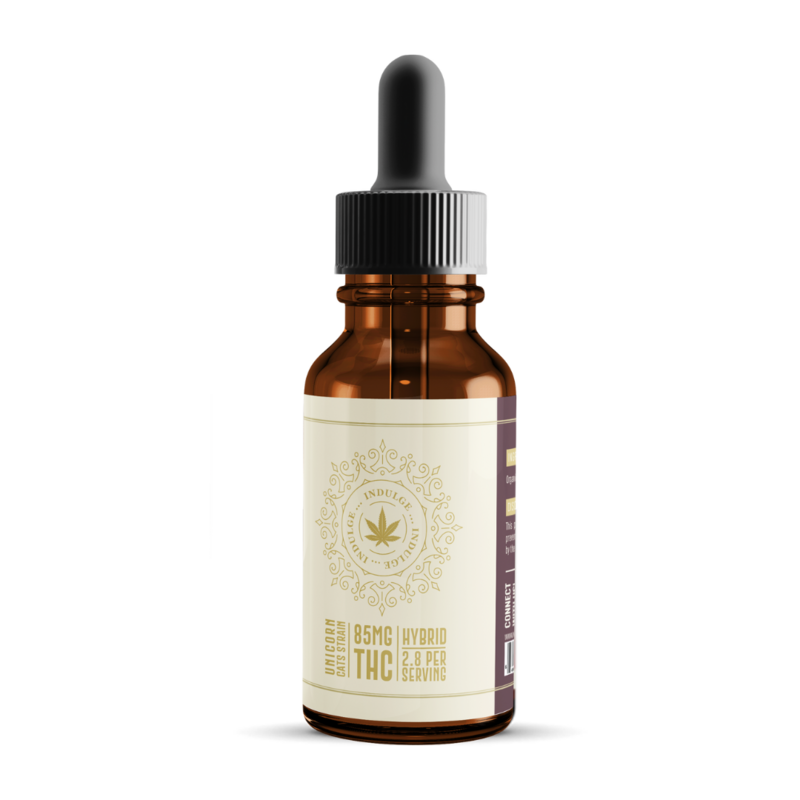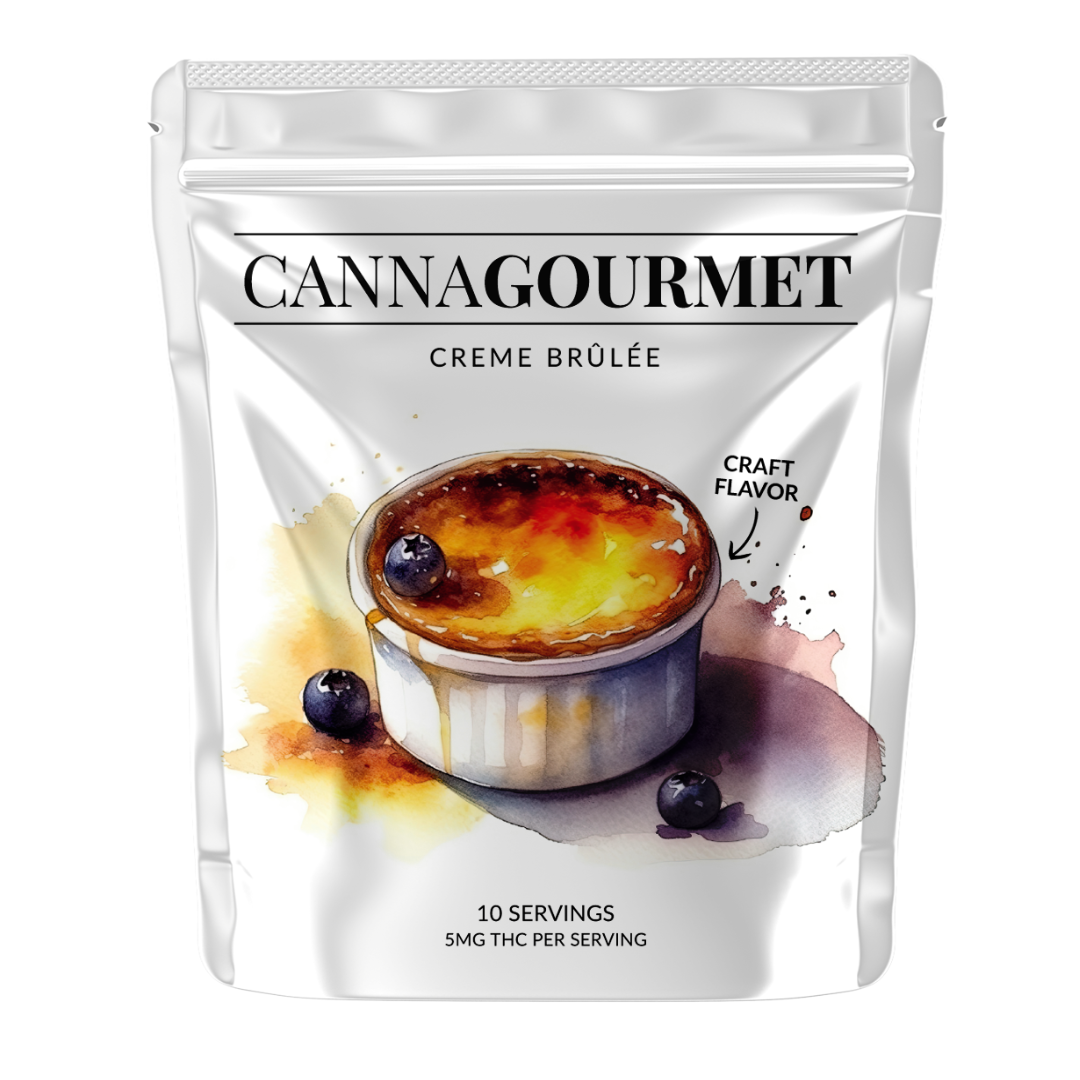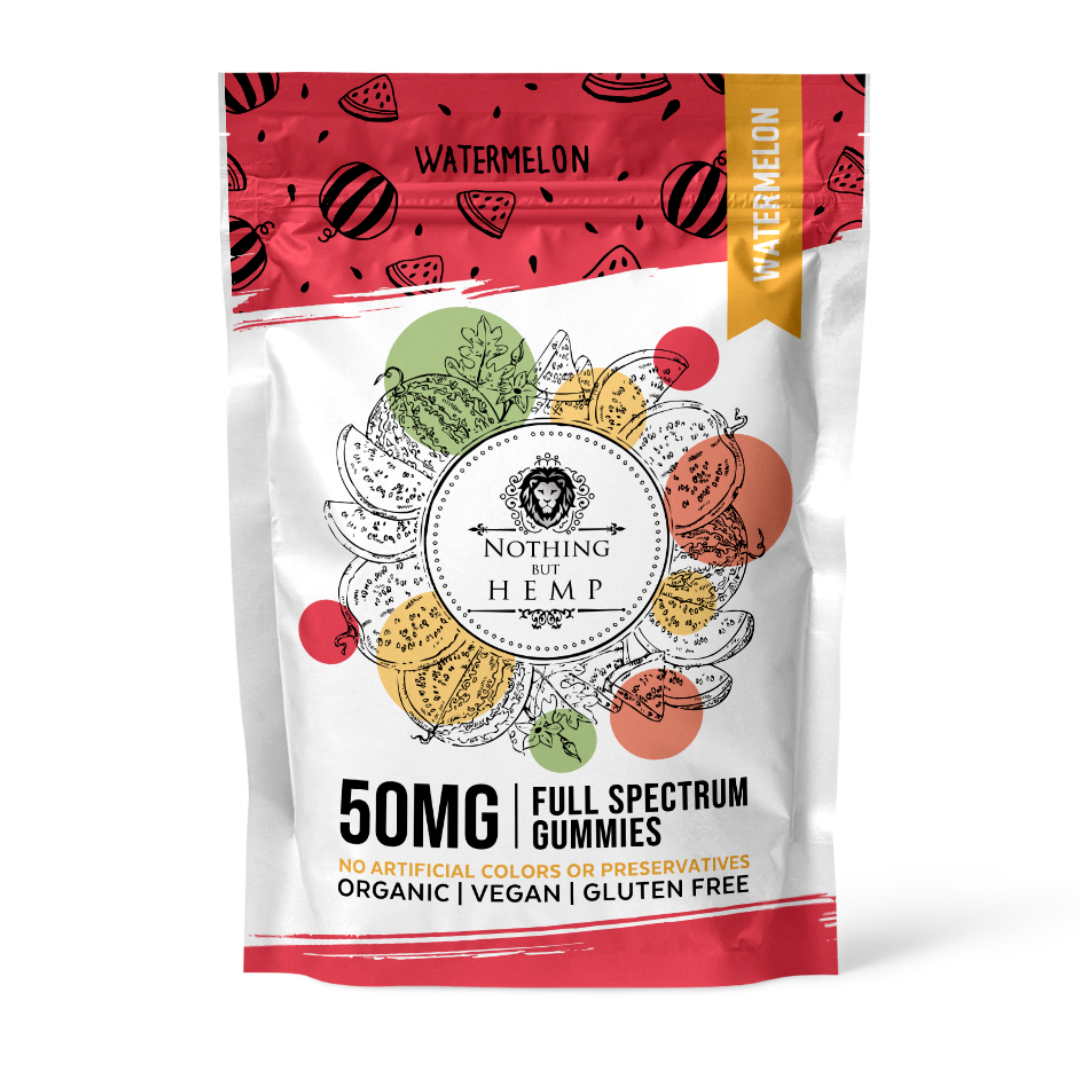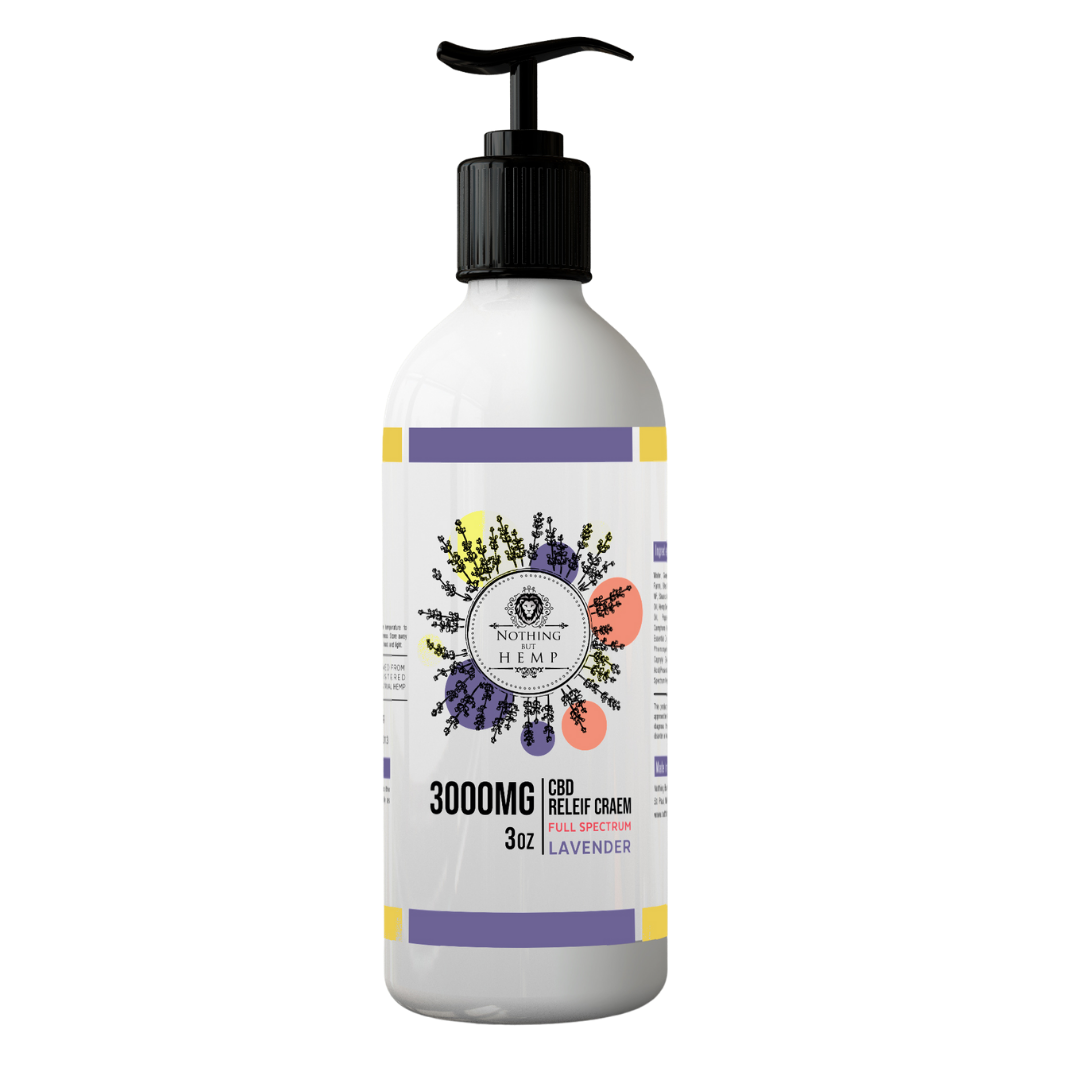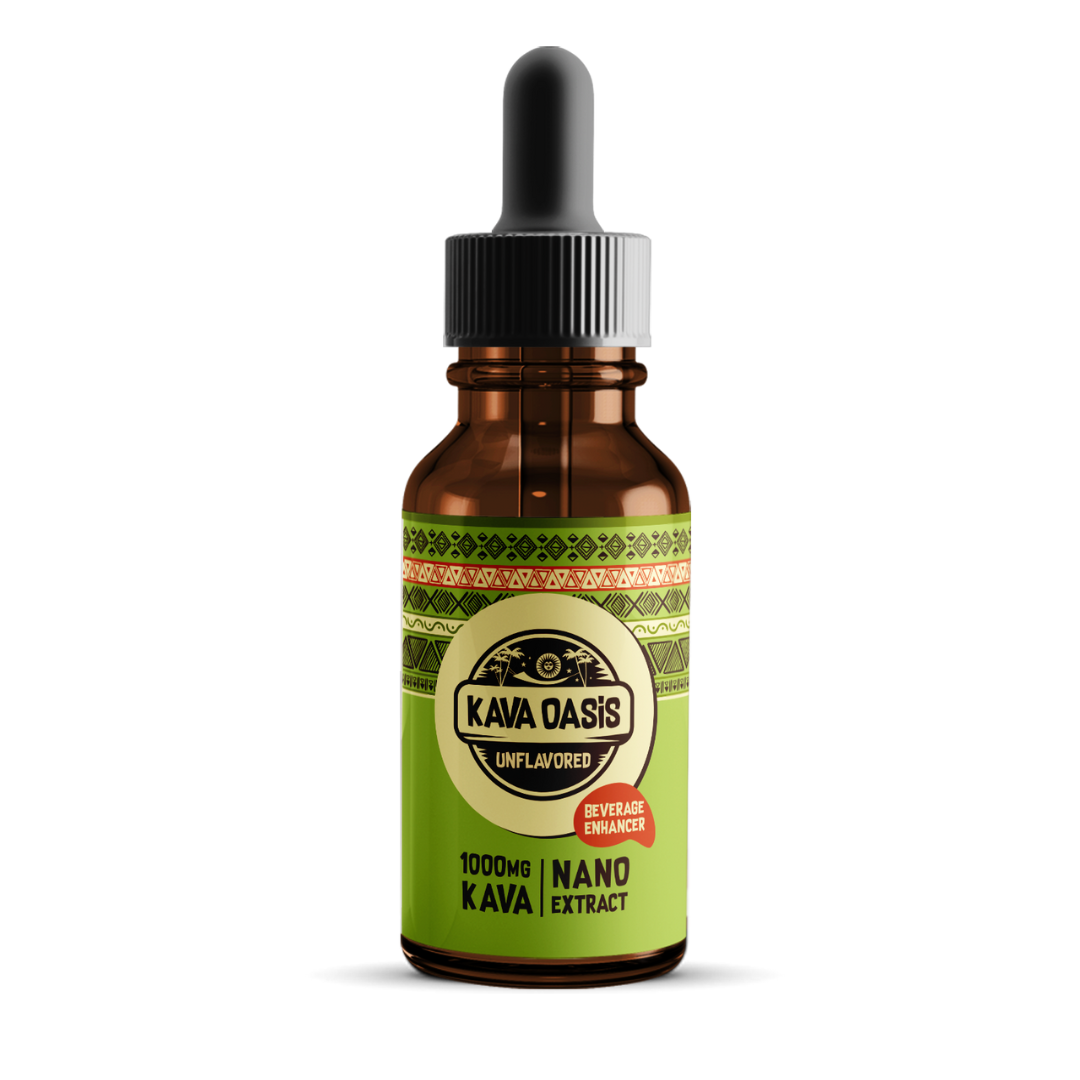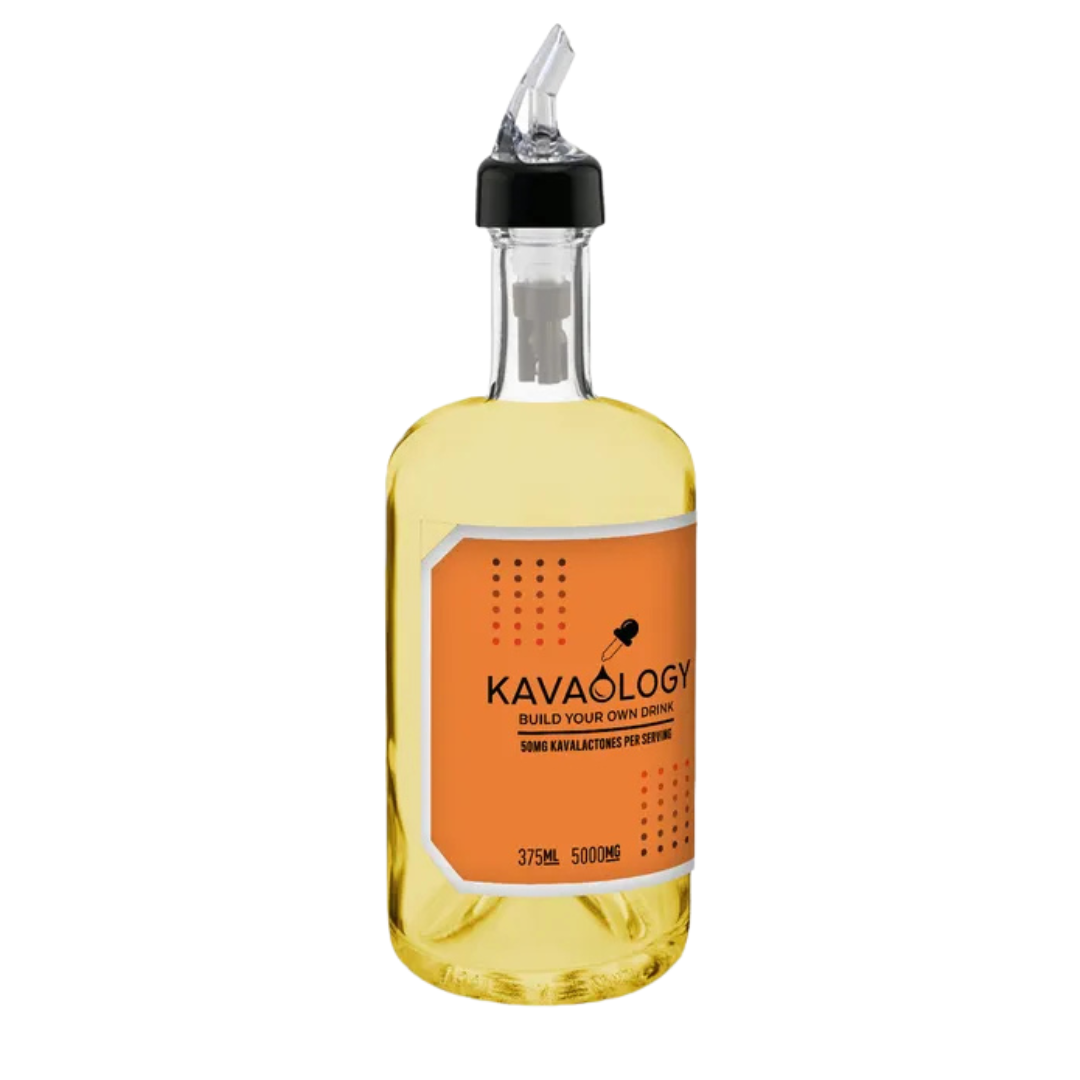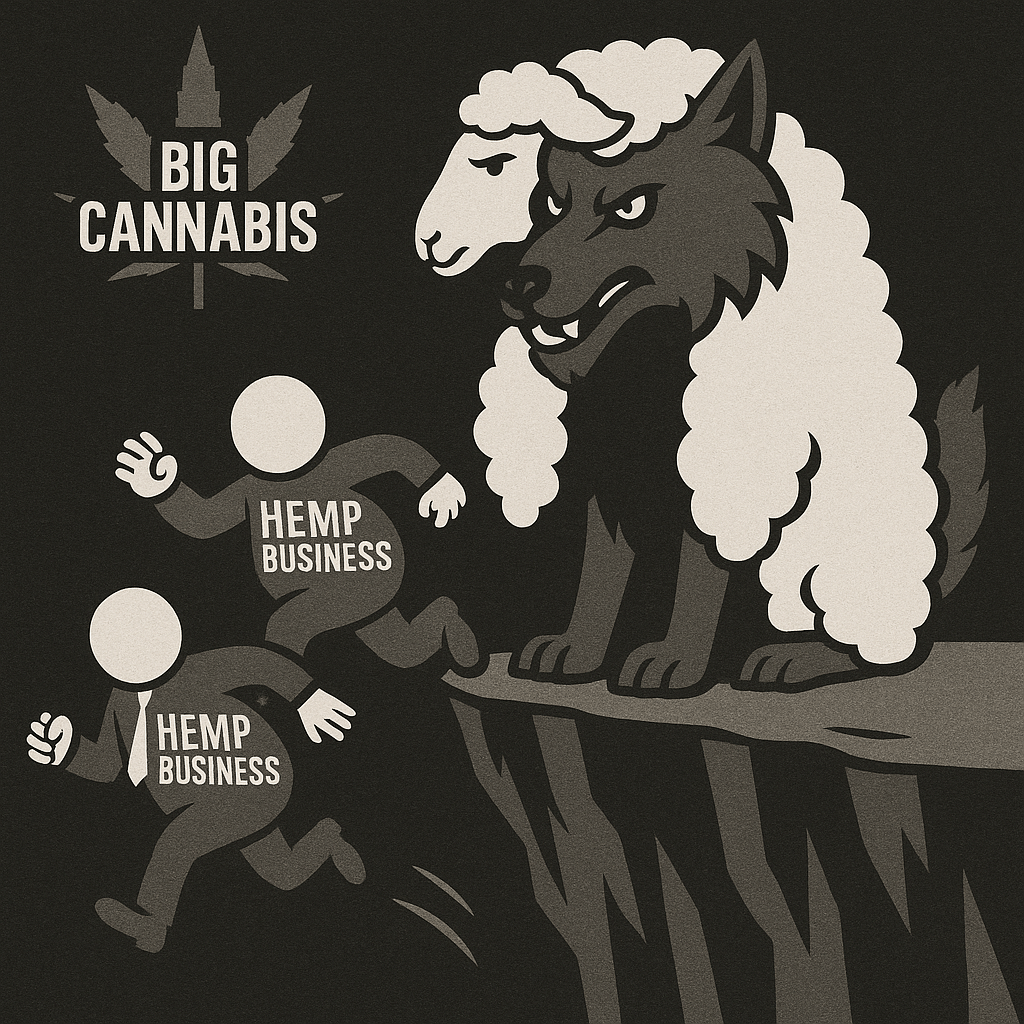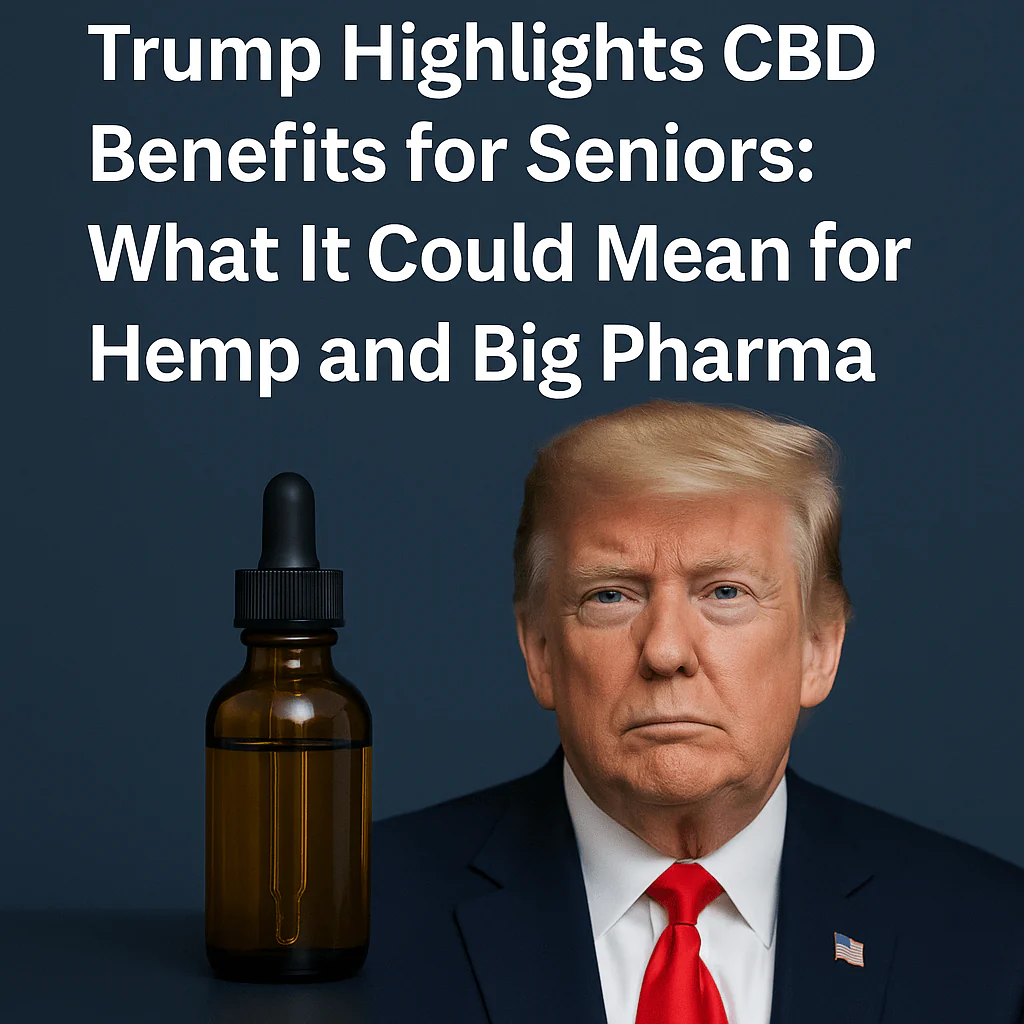Introduction: A Vision Undone
When Minnesota passed its cannabis legalization framework, the rhetoric was clear. We were promised clarity, continuity, and a level playing field. Legislators spoke of building a safe, regulated market that respected both cannabis and hemp operators. For the thousands of entrepreneurs who carried this industry on their backs during prohibition-by-another-name, the message was hopeful: at last, there would be rules that worked.
But hope has given way to frustration.
At the Office of Cannabis Management (OCM)’s OCT 1 meeting what operators heard was not a runway to compliance but a cliff. Instead of partnership, OCM delivered rigidity. Instead of clarity, it delivered contradictions. Instead of enabling growth, it prescribed burdens that will crush small businesses and send jobs across the border.
Minnesota’s cannabis industry does not need chaos. It needs rules that are workable, rational, and aligned with legislative intent. Yet OCM’s path threatens to strangle the very market it is supposed to steward. This is not regulation in the service of public health and safety. This is bureaucracy wielded as a weapon.
The Transition Cliff: Retailers Get Sell-Through, Manufacturers Get a Trapdoor
One of the most striking points from OCM’s meeting was the so-called “transition plan.” On its face, it sounded generous: retailers under 151.72 could continue selling inventory until December 31, 2025, with a sell-through allowance permitting products tested before that cutoff to remain on shelves until expiration — provided they carry updated labels under Chapter 342.
Retailers at least have a soft landing.
But for manufacturers and wholesalers, OCM prescribed a cliff. The rule is stark: the moment your license is issued — which OCM defines as the day your invoice is paid — everything you produce must instantly flip to Chapter 342 compliance. There is no grace period.
That means if your production run is mid-stream on a 151.72 batch when your license drops, your next batch the following morning must be labeled, packaged, and tested to 342 standards. Labels ordered by the tens of thousands are suddenly obsolete. Ingredients purchased in good faith are stranded. Work-in-process inventory becomes regulatory contraband overnight.
Manufacturers do not work on daily increments. They plan months ahead, ordering materials, managing vendors, and scheduling lines. Forcing an instantaneous switch isn’t a transition. It’s sabotage.
OCM defended the rule by pointing to retail sell-through. But the problem isn’t retail. It’s the choke point in the middle of the chain: the factories and distributors who actually make the products. By refusing even a 60- or 180-day grace window post-licensure, OCM guarantees waste, expense, and disruption.
This is not continuity. It is a cliff disguised as compliance.
Licensing Chaos: Contradictions Baked into the System
The “instant compliance” model also creates contradictions the agency has no solution for.
Consider this: a wholesaler pays their license invoice on October 15th and is instantly subject to Chapter 342. Their partner manufacturer, however, doesn’t get licensed until October 30th. That wholesaler is now forbidden from handling 151.72 products — but that’s all their manufacturer is legally able to make.
The supply chain is fractured by design.
Operators raised this issue. Couldn’t OCM allow a coordinated transition? Couldn’t the agency delay effectiveness until both parties are aligned? The answer was a flat “no.”
Licensing is instantaneous. Compliance is absolute. Contradictions are the operator’s problem, not the regulator’s.
This is the essence of OCM’s culture. Rather than problem-solving with industry, it throws obstacles and shrugs. The result is paralysis. Inventory gets stuck. Retailers face shortages. Consumers are pushed toward unregulated alternatives.
Labeling Rules: What’s Required and What’s Arbitrary
To its credit, OCM clarified one issue: nutritional panels are not required. An early draft had suggested they might be. In the final guidance, operators only need a clear ingredient list. That is workable.
But much of the rest is not.
- Universal warning language is required and must be physically printed on every package.
- QR codes cannot substitute for required disclosures. Optional information can live behind a QR, but statutory requirements must be on the label.
- Corrective “marketing layer” labels are allowed, giving operators a way to over-label and fix compliance issues without destroying inventory.
- Out-of-state manufacturers must still meet Minnesota-specific label rules before their products can be sold in the state.
These rules are more burdensome than necessary. Forbidding QR codes is especially archaic. Consumers are accustomed to scanning for details. In food, in alcohol, even in pharma packaging, QR transparency is encouraged. Why would cannabis be forced backward into the printing press era?
Instead of empowering consumers with more information, OCM forces labels to become cluttered, bloated, and costly. A better path would have been to allow core statutory items on-package and permit QR expansion for the rest. That would serve both transparency and functionality.
Packaging Burdens that Discourage Minnesota Manufacturing
Beyond labels, packaging rules themselves are discouraging investment in Minnesota.
Manufacturers order labels in runs of 10,000 or more. If OCM rules change mid-cycle, that’s tens of thousands of dollars wasted. Stickers can patch errors, but they look sloppy and increase labor costs.
Out-of-state producers must create Minnesota-specific packaging, which discourages interstate commerce. And since Wisconsin offers a friendlier framework, Minnesota operators are already weighing moving production across the river, then simply importing goods back in.
Why would Minnesota write laws that actively encourage jobs and tax revenue to leave?
Delivery Dysfunction: DoorDash, Uber, and the Wholesaler Question
Perhaps no issue better illustrates OCM’s rigidity than delivery.
Under Chapter 342, direct-to-consumer delivery is tied exclusively to the retail license. Retailers may deliver if they hold a delivery endorsement. Wholesalers are barred from consumer delivery; they can only distribute to retailers. And third-party platforms like DoorDash or Uber Eats are explicitly excluded.
This is a massive missed opportunity.
DoorDash and Uber already deliver alcohol in Minnesota. They have robust ID verification, app-based compliance, and consumer familiarity. Extending that model to cannabis would be a natural, safe, scalable step. Instead, OCM slammed the door.
The result: every retailer must now build their own delivery infrastructure from scratch. Vans, insurance, drivers, scanners, compliance systems — all duplicative, all costly, all inefficient.
Large operators may survive that overhead. Small businesses will not. By blocking DoorDash and Uber, OCM has handed an advantage to big players while suffocating the small shops legalization was supposed to empower. Consumers lose, too. They can order wine from DoorDash, but not a 5mg THC seltzer. The inconsistency is absurd.
And wholesalers? They’re frozen out entirely. Even if a wholesaler wanted to build out delivery infrastructure, they’re legally prohibited from going to the consumer. It’s a nonsensical barrier that solves nothing while creating inefficiency.
Shipping Ban: No USPS, FedEx, or UPS
OCM added yet another blow: no shipping directly to consumers through the U.S. Postal Service, FedEx, or UPS.
This prohibition defies common sense. Minnesota residents can order wine shipped directly to their homes. They can order supplements, vapes, and other regulated products with age gates and ID verification. But cannabis — even low-dose, hemp-derived products — is singled out for a blanket ban.
The implications are severe. For rural Minnesotans, delivery and shipping are not luxuries; they are necessities. By cutting off these channels, OCM effectively denies access to consumers outside the metro while forcing businesses to absorb crushing delivery overhead.
Instead of modernizing commerce with secure, trackable shipping methods, OCM is dragging Minnesota back to an outdated, inefficient model that penalizes both small businesses and consumers. THEY ARE WRONG. IT IS NOT IN LAW. THEY CAN'T DO THIS.
The Emulsion Problem: Science Denied
In beverage manufacturing, emulsions are essential. To produce a consistent THC seltzer, you create a concentrate — often 2% or 10% THC — that’s later diluted into a final 5mg serving.
OCM’s stance? Any emulsion over 0.3% THC is prohibited. Period.
This “black-and-white” approach ignores science and industry norms. Nearly every functional beverage in the country uses emulsions above 0.3% in process. What matters is the final diluted product, not the intermediate step. By outlawing emulsions, OCM effectively criminalizes the entire beverage manufacturing process in Minnesota.
The consequence is predictable: operators will move production to Wisconsin, where regulators understand the difference between work-in-process and finished goods. Jobs, tax revenue, and innovation will flow out of state — not because Minnesota can’t support it, but because Minnesota regulators won’t.
Security Overreach: Copy-Pasting Marijuana Rules onto Hemp
Another bombshell from the meeting: OCM’s licensing applications for lower-potency hemp manufacturers mirror marijuana security requirements. Applicants must submit site diagrams, fire system layouts, and full security protocols — even though Chapter 342 does not explicitly require such measures for hemp.
This is classic regulatory overreach. The statute never imposed marijuana-style security on hemp manufacturing. OCM simply decided to do so.
For small hemp operators, these requirements are crippling. Security systems cost tens of thousands of dollars. Engineering site diagrams are another expense. For large marijuana multistate operators, it’s a rounding error. For a local hemp beverage startup, it’s a death sentence.
Once again, OCM claims neutrality while acting with bias.
Legislative Disconnect: Ignoring the Authors
Perhaps most damaging of all is OCM’s habit of ignoring legislative intent.
Take the issue of stacking non-psychoactive cannabinoids. Statute language permits it. Legislative author Rep. Nolan West confirmed that was the intent. OCM’s response? To interpret narrowly, effectively banning the practice.
When regulators override the people who wrote the law, trust collapses. Operators can no longer plan around statutory language. They must instead guess how OCM will reinterpret it. That isn’t rule of law. It’s arbitrary governance.
The Special Session Wildcard
A municipal representative at the meeting offered a blunt warning: prepare for a special session. If lawmakers reconvene, even on unrelated issues like guns, they can reopen cannabis.
That means the entire fragile structure could be rewritten again within months. For businesses considering investment, this instability is poison. Why hire staff, sign leases, or buy equipment when the rules could change overnight?
Minnesota cannot build a stable cannabis market on a foundation of quicksand. Yet that is exactly what OCM’s approach ensures.
The Bigger Problem: OCM’s Culture
At the heart of all these issues is a cultural problem inside OCM.
Publicly, they insist they “don’t make laws, they just enforce them.” Privately, their actions tell a different story. They reinterpret. They stretch. They ban QR codes. They outlaw emulsions. They impose marijuana security on hemp. They pick and choose.
The result is not neutrality. It is adversarial governance. Operators do not see OCM as a partner in compliance. They see it as an adversary determined to shrink the industry.
This is toxic. Regulation works only when regulators and operators share a common goal: safe, legal, functional markets. When regulators view operators as enemies, the market collapses.
What Must Change
If Minnesota wants a thriving hemp and cannabis industry, OCM must change course. Here’s where to start:
- Extend the transition runway. Manufacturers and wholesalers need at least 6–12 months post-licensure to clear existing inventory.
- Allow QR codes. Consumers deserve easy access to information, and packaging should be efficient.
- Permit controlled third-party delivery. If DoorDash and Uber can deliver alcohol, they can deliver THC under strict verification.
- Fix the emulsion rule. Allow in-process concentrates above 0.3% as long as the final product is compliant.
- Remove marijuana-specific security requirements from hemp licensing. Hemp is not marijuana.
- Respect legislative intent. Regulators cannot rewrite what lawmakers wrote.
- Provide transparent compliance checklists. Stop shifting guidance every month.
Conclusion: A Call for Partnership, Not Punishment
Minnesota’s cannabis and hemp operators are not asking for a free pass. We are asking for clarity, fairness, and workability. We want to produce safe, compliant products for Minnesota consumers. We want to create jobs and pay taxes in this state. We want to operate in good faith.
OCM’s current approach makes that impossible. By turning a transition into a cliff, banning essential tools, and ignoring legislative intent, the agency is suffocating the very industry it is tasked with stewarding.
If OCM continues down this path, Minnesota’s cannabis market will be defined not by innovation but by exodus. Operators will move across the border. Consumers will return to unregulated sources. And the promise of legalization will be squandered.
It does not have to be this way.
Minnesota can still build a cannabis market that works — one that is safe, fair, and functional. But that requires OCM to stop seeing itself as an enforcer and start acting as a partner. Regulators must listen to lawmakers, operators, and consumers alike. They must embrace flexibility, transparency, and fairness.
The time for course correction is now. The alternative is failure.

